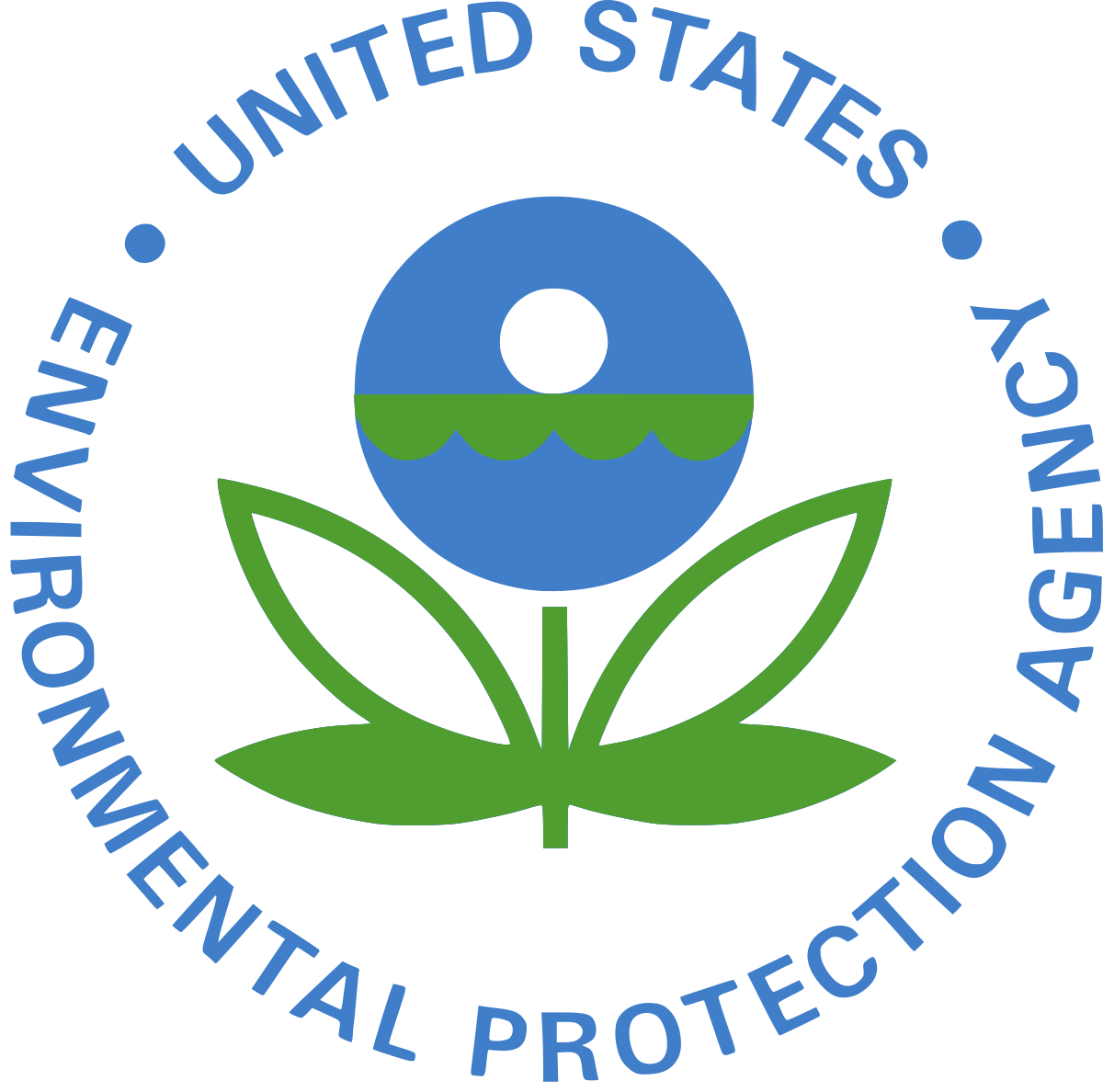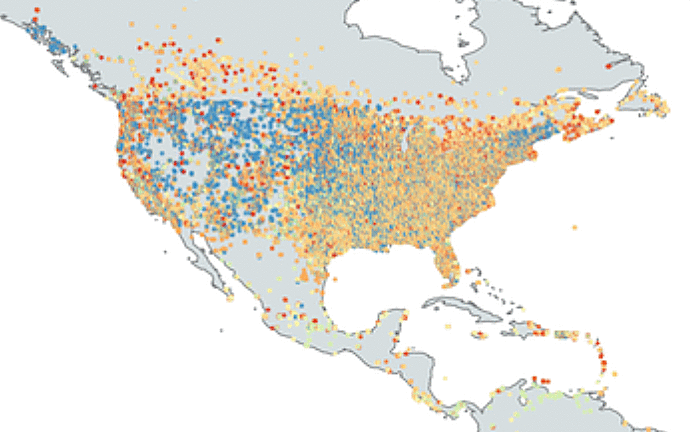Volunteer Data Science
Community Input-Output Modeling Projects







CSS for limiting visibility to localhost
DIV - Use the class "localonly" --- for display:block with padding:20px
SPAN - Use the class "local" --- for display: inline-block with padding: 0 4px 0 4px;
Rules of thumb for GitHub static website file names:
1. Avoid using spaces or parentheses
2. Use all lowercase (with occasional exceptions)
3. Avoid using underscores
GitHub Forks of main
1. Work in a fork of the main branch rather than creating multiple branches.
2. Turn on Github Pages so work in your forks can be reviewed.
Active Projects
DIV - Use the class "localonly" --- for display:block with padding:20px
SPAN - Use the class "local" --- for display: inline-block with padding: 0 4px 0 4px;
Rules of thumb for GitHub static website file names:
1. Avoid using spaces or parentheses
2. Use all lowercase (with occasional exceptions)
3. Avoid using underscores
GitHub Forks of main
1. Work in a fork of the main branch rather than creating multiple branches.
2. Turn on Github Pages so work in your forks can be reviewed.
Active Projects